| "Riding" the wave of rising rice export prices still needs to maintain quality Rice export: Seizing market opportunities |
India, Russia, UAE issued ban on rice export , many opinions say that Vietnamese rice has many opportunities in the market, what is your comment on this?
There are three reasons for the suspension of rice exports in some markets. First, climate change, weather, and the prolonged El Nino situation. Rice supply has decreased, specifically Russia and the UAE have also stopped, while India alone has exported 22 million tons and is currently short about 25%. Therefore, forcing countries to stockpile. On the other hand, in trade, there are still signs of retaliation behind political factors.
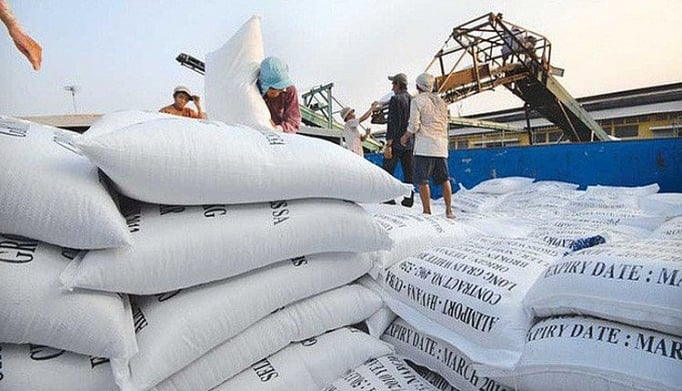 |
The ban on rice exports by countries brings many opportunities but also many challenges. |
This year, in Vietnam, under normal weather conditions, we can reach an output of about 43.2 million tons, thus still ensuring an export source of about 7.2 million tons. This is also a high number compared to previous years.
There are still challenges because rice cultivation depends on weather, climate, storms, and floods. However, with an increase of 50 hectares of rice cultivation area in the Mekong Delta (from 650,000 hectares previously to 700,000 hectares), we can still ensure the supply for rice export.
On the other hand, we still have the winter-spring rice crop. Therefore, with the forecast of rice exports reaching 7.2 to 7.5 million tons, this is a relatively safe forecast.
What are the specific opportunities from some countries banning rice exports, sir?
We have four opportunities. Firstly, if we continue to maintain the market and do good business, we will maintain our reputation with traditional customers, creating momentum for rice exports in the following years.
Second, this is a real experience for businesses and farmers when the market fluctuates quickly and urgently, which requires forecasting and reorganizing production according to the value chain. From there, lessons can be drawn for the rice industry itself, farmers' economic organizations and other components.
 |
| Agricultural expert Hoang Trong Thuy |
Third, it is to promote production and will create horizontal linkages, which are the raw material areas of farmers with farmers to become cooperatives and require cooperatives to improve their own internal strength. Besides, creating vertical linkages from farmers, intermediaries, warehouse owners, milling facilities, and export facilities.
This is a valuable lesson for us to look back at ourselves, from there rearrange and strengthen these relationships.
Fourth, create conditions for us to develop rice brands at all three levels: collective, enterprise, and national.
The export ban is not entirely an opportunity for businesses and the Vietnamese rice industry. What is your opinion on this issue, sir?
That's right. The problem now is that when the export price is good, there are two types of enterprises within the enterprise. The first is the enterprise that suffers losses. Because if they signed an export contract to Africa or Indonesia at a price below 500 USD/ton, they now have no rice, or now they have to buy rice to export at a price higher than this figure.
Second, businesses that sign new contracts and have rice in stock will win big.
On the other hand, when rice prices increase, leading to disputes in purchasing and pursuing export benefits, consumers will be caught up in this price surge. These are also worrying things.
If we limit exports, will we miss out on opportunities, sir?
Currently we lack an updated information and evaluation system because the rice industry has long abandoned econometrics.
In the context of some countries banning rice exports, it is difficult to give an exact answer as to whether it is a short-term or long-term opportunity.
In my opinion, Thailand currently has about 4-5 million tons of rice left to be released. Vietnam has about 2-2.5 million tons of rice. This is also a major competitor in Vietnam's rice exports.
Therefore, businesses need to determine when to launch. Market forecasting needs to be carefully calculated.
There are also lessons from previous years, that is when businesses signed contracts in advance but could not buy rice. Businesses saw the new contract with higher rice prices and canceled deposits, broke the contract, and broke their trust.
Seizing market opportunities is necessary, but businesses need to simultaneously ensure opportunities for orders at the end of 2023, early 2024 and the following years.
Obviously, the opportunities are there but the challenges are also huge. Rice export is a long-term story. It is necessary to maintain credibility, especially in large traditional markets such as China, the Philippines, Indonesia, Malaysia...
All businesses that default on deposits need to be dealt with seriously, otherwise we will lose the market of the entire rice industry, not just one business.
In this context, what solution do you think we can use to both maintain our reputation and seize market opportunities?
In my opinion, the role of the state is extremely important. It is necessary to promote banks to lend medium and long term capital, so that enterprises can purchase rice and pay fairly to the people. On that basis, the source of input is guaranteed.
The coming months of August, September and October are still in the rainy and stormy season, affected by the weather. Therefore, purchasing, transportation and warehousing play a decisive role in rice export.
As the price of rice increases, it is easy for businesses to mix different rice varieties that do not meet the buyer's standards. Once again, I emphasize that this will destroy the market. Businesses need to think long-term and avoid acting rashly for short-term benefits.
Thank you!
Source link




![[Photo] 60th Anniversary of the Founding of the Vietnam Association of Photographic Artists](/_next/image?url=https%3A%2F%2Fvphoto.vietnam.vn%2Fthumb%2F1200x675%2Fvietnam%2Fresource%2FIMAGE%2F2025%2F12%2F05%2F1764935864512_a1-bnd-0841-9740-jpg.webp&w=3840&q=75)


![[Photo] National Assembly Chairman Tran Thanh Man attends the VinFuture 2025 Award Ceremony](/_next/image?url=https%3A%2F%2Fvphoto.vietnam.vn%2Fthumb%2F1200x675%2Fvietnam%2Fresource%2FIMAGE%2F2025%2F12%2F05%2F1764951162416_2628509768338816493-6995-jpg.webp&w=3840&q=75)
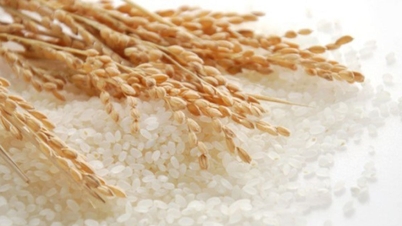

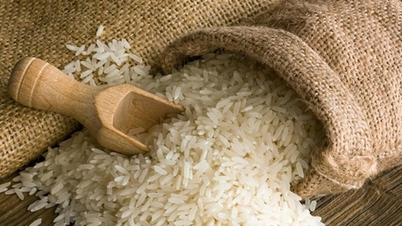
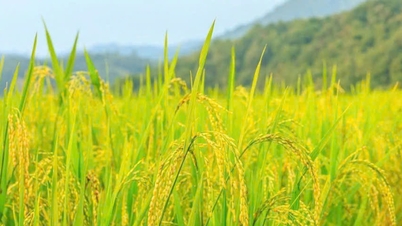
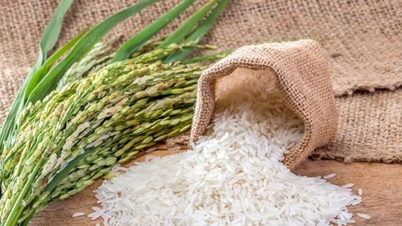
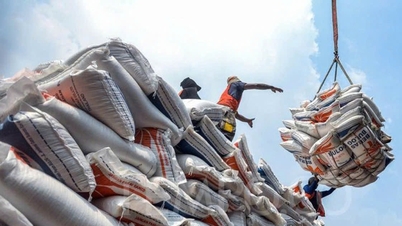
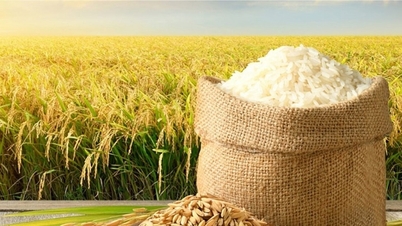
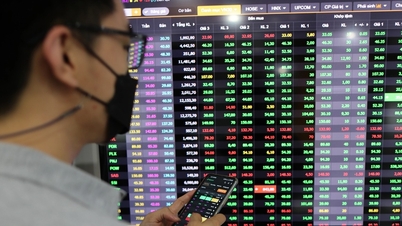






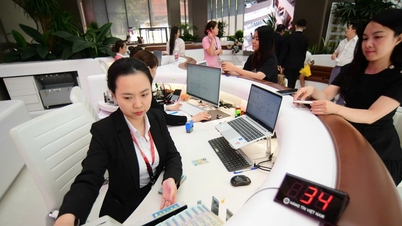

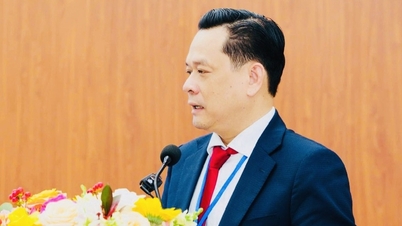





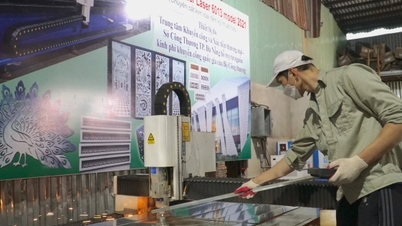






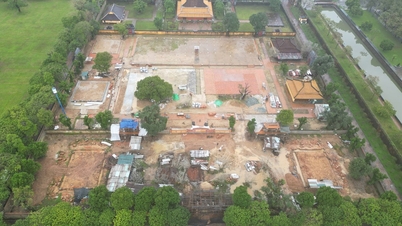




















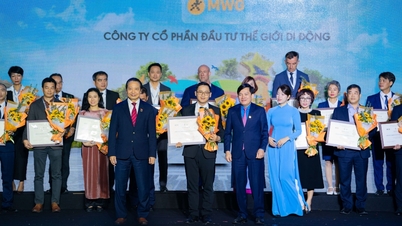










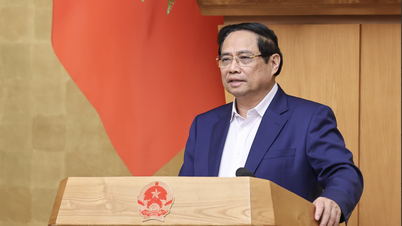
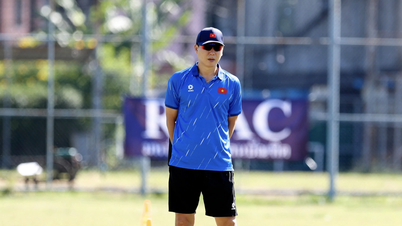

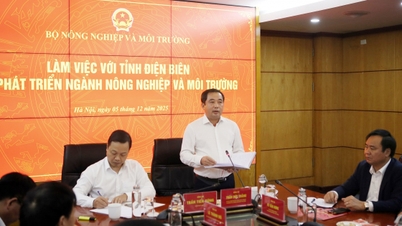

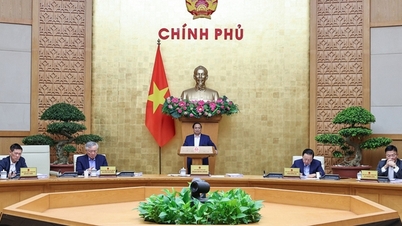




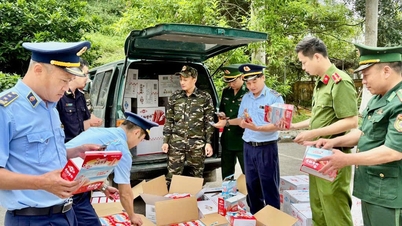
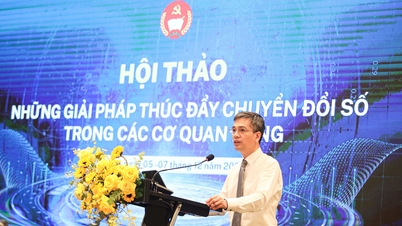

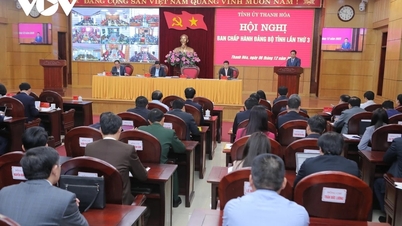




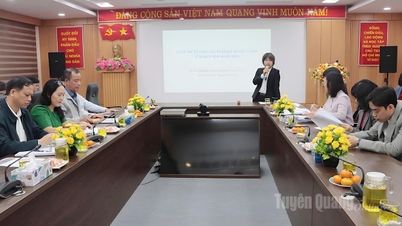
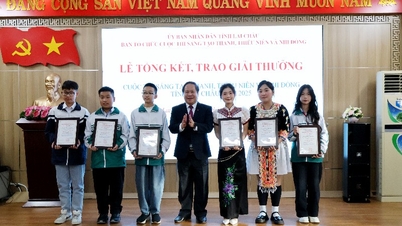

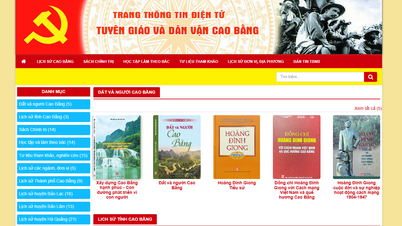

















Comment (0)